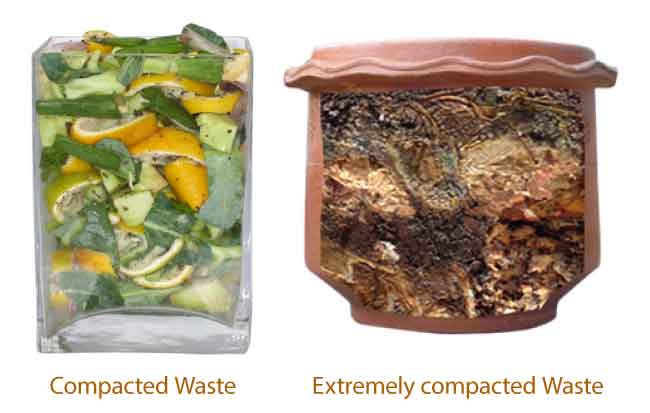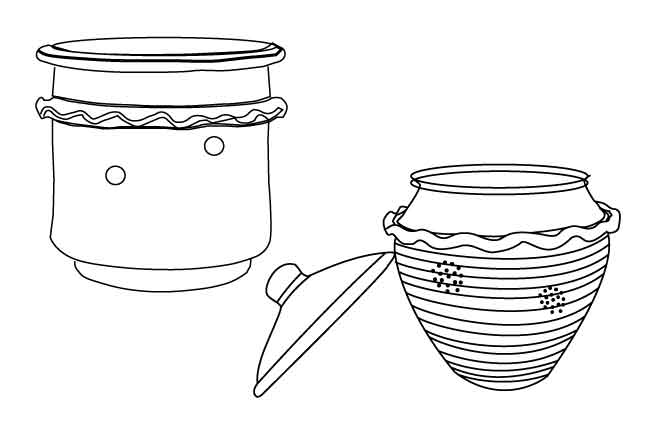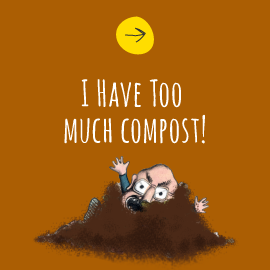Answers to composting hiccups
The Black Soldier Fly Maggot
Most people freak out when they see the first maggots in their compost pile. They are harmless and good for composting. So what can you do, you ask? Well, make friends, manage them & learn the fun facts about these lovable grubs!
What’s so amazing about maggots?
-
1. Manages all kinds of waste

Black Soldier fly larvae are scavengers and thrive on many kinds of decaying organic matter, including carrion, manure and plant refuse. They are able to convert all this into compost easily.
-
2. Useful as Feed
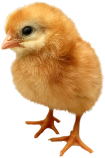
Black soldier fly larvae are one of the most efficient protein converters in insects, containing up to 42% of protein & a lot of calcium and amino acids. The larvae can be fed right back to the animals or birds that generated the waste or used as feed for fish or livestock - closing the loop of waste to food.
-
3. Improves quality of compost

The larvae have the potential of improving organic waste into a rich fertilizer since they are a good source of oil and protein. Their nitrogen rich casts add their nutrition to the done compost.
-
4. Faster than worms

On average a household will produce around 1kg of food waste per day. This food waste can be composted at home using black soldier fly larvae much much faster than worms can do it. The larvae colony breaks down kitchen waste, churns it and creates heat, increasing compost evaporation. Significant amounts are also converted to carbon dioxide respired by the grubs and symbiotic/mutualistic microorganisms.
-
5. Controls harmful fly populations

Actively feeding BSF grubs secrete a natural fly repellent called a synomone (an interspecies, chemical communication that alerts and warns other kinds of flies to stay away). This actually helps reduce housefly numbers by at least 95% by denying the flies access to food.
Lifecycle of a Black Soldier Fly Maggot
-
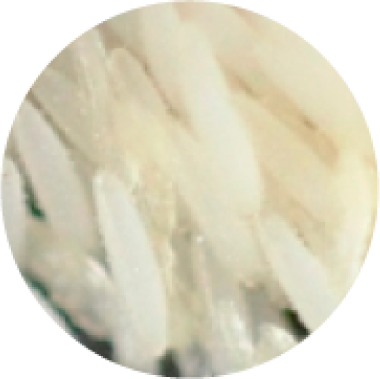
Egg: BSF eggs take approximately 4 days to hatch and look like fluffy white cotton patches. These are laid by adult flies near decomposing organic matter. Each egg is about 1 mm long, oval -elongated in shape and pale yellow or cream colored when newly laid. Each egg mass can contain upto 500 eggs!
-

Maggot /Grub /Larvae: The creepy looking maggot (grub) begins very small and white in colour. As it grows it becomes brown with distinct segments on the body. The larva is plump, slightly flattened, with a tiny, yellowish to black head. The skin is tough and leathery. After larvae have developed through six instars (period of growth), they enter a stage called 'prepupae' where they stop eating. They empty their gut (called self cleansing) & their mouthparts change to an appendage that aids climbing. This is when they crawl out seeking a dry, sheltered area to pupate.
-

Pupae: The pupa develops inside the puparium (the larval skin) and the is about one-third the length of the puparium. It’s body undergoes a transformation from pupa to adult fly and it does not feed during this stage. It takes approximately 10 days for the adult fly to emerge.
-

Adult Fly: The adult fly, which measures about 16 mm, has a lifespan of 5 to 8 days. It has no functioning mouthparts and spends its time searching for mates and reproducing. Soldier fly adults do not go into houses or eating places. They do not bite or sting and they are not associated in any way with the transmission of disease as they have no hair on their legs.


